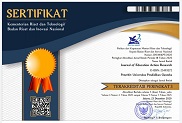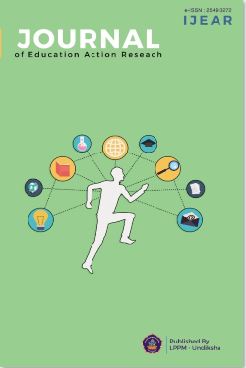Prospective Teacher Online Assessment Literacy Level of English Language Education Study Program
Keywords:
Online Assessment Literacy, Students, Prospective TeacherAbstract
Since the outbreak of COVID-19, online assessment has been widely used in the implementation of online learning. However, many prospective teachers still lack digital literacy. This causes the assessment not to run optimally. Based on this, the purpose of this study is to investigate the online assessment literacy of prospective teachers at Undiksha, by concentrating on the categorical characteristics that influence the level of literacy. The researcher used a descriptive qualitative research design. The population of this study consisted entirely of fourth-semester students, with a total of 184 students. This study used a sampling technique, namely convenience sampling, with a total sample of 112 students. The method used in collecting data was a questionnaire. Data were obtained by distributing survey questionnaires. The data analysis technique used descriptive statistical analysis. The findings of the study showed that based on gender, there was no significant difference in online assessment literacy among fourth-semester students. Furthermore, the majority of online assessment literacy levels were "Moderate." These results are supported by previous studies, which highlight the need for professional growth to improve teachers' online assessment literacy. This study emphasizes the importance of online assessment literacy and recommends specific interventions to contribute to the quality of educators who adapt to the digital era.
Published
How to Cite
Issue
Section
License
Copyright (c) 2025 Sukma Pratiwi, Yudha Paramartha, Eka Wahyuni

This work is licensed under a Creative Commons Attribution-ShareAlike 4.0 International License.











